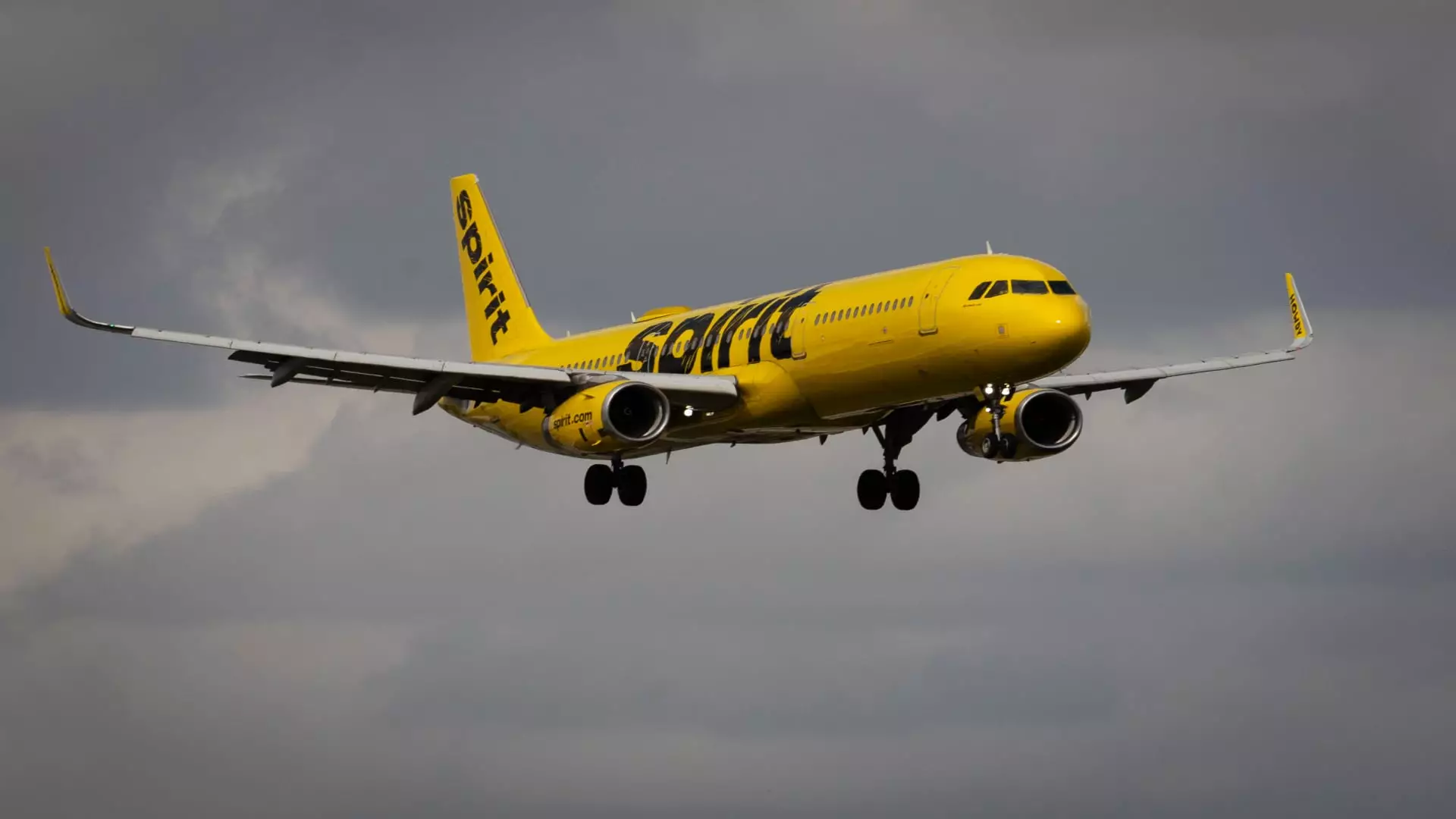In November 2023, Spirit Airlines took the drastic step of filing for Chapter 11 bankruptcy protection, a move that underscores the turbulent waters plaguing the airline industry. Historically viewed as a beacon of budget travel in the United States, Spirit has faced significant challenges, leading to their failure to turn a profit since 2019. Post-COVID, the budget airline has accumulated losses exceeding $2 billion, signaling deep-rooted issues that extend beyond the pandemic’s immediate impact.
While COVID-19 wreaked havoc on airlines worldwide, Spirit’s predicament is multifaceted. The pandemic exacerbated financial strains that had been building for years, and it became a catalyst rather than the sole cause of their troubles. Supply chain disruptions have been a persistent issue across various sectors, and aviation has not been exempt. Rising operational costs, particularly for workforce compensation, placed significant pressure on low-cost providers like Spirit, which thrive on keeping expenses minimal.
Compounding Spirit’s difficulties is an engine recall from Pratt & Whitney that led to the grounding of substantial portions of its fleet. Operational setbacks like these hinder revenue generation at a time when the market is competitive. As travelers resumed flying, their preferences evolved, pointing toward a desire for more comfort and amenities. The rising popularity of basic economy fares from major carriers such as American, Delta, and United complicates the landscape for ultra-low-cost airlines. While Spirit once carved out a niche by offering the lowest fares, it now finds itself competing against carriers who segment services to accommodate all budgets, including attractive options that were once exclusive.
The culmination of these pressures forced Spirit to make difficult strategic decisions. In the wake of surging losses, the airline resorted to furloughing hundreds of pilots and proposing buyouts for salaried employees. Such drastic measures often signal an organization in distress, potentially leading to low morale among remaining staff and risking operational efficiency. Additionally, selling off parts of its Airbus fleet and slashing routes further indicates an operational contraction that may dent its market presence in the long term.
As Spirit navigates the complexities of Chapter 11 proceedings—expected to conclude in the first quarter of 2025—it must face a sobering reality: emerging from bankruptcy, the airline will likely be smaller, with fewer routes. The intention of maintaining normal operations during this challenging process suggests a commitment to serving its customer base, but the viability of this strategy remains to be seen. Analysts suggest that the airline’s direction moving forward will hinge on its ability to innovate and adapt to changing consumer expectations while recalibrating its business model to thrive in a more competitive marketplace.
Spirit Airlines’ journey through bankruptcy serves as a warning to budget carriers that the landscape of air travel is shifting. The shifting tides of consumer preference, market competition, and operational challenges can falter even the best business strategies, ultimately leading to the transformation—or dissolution—of once-dominant players in the industry.

